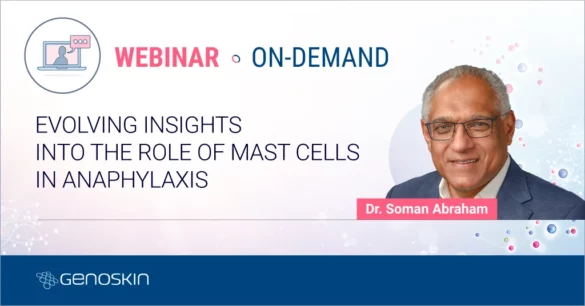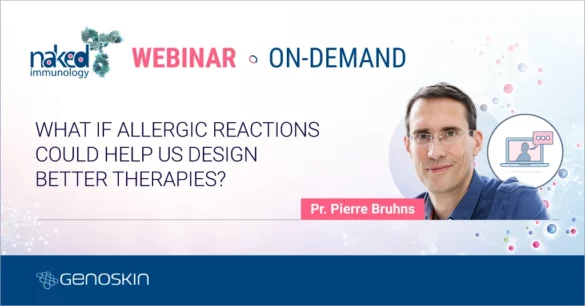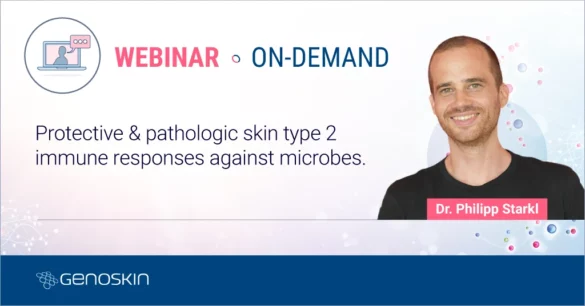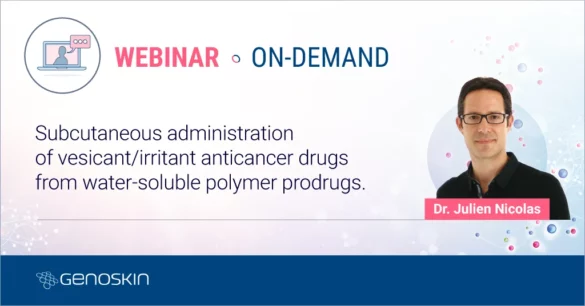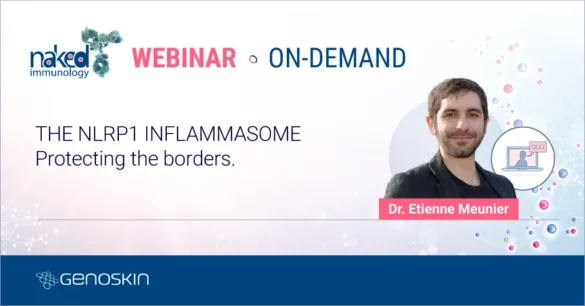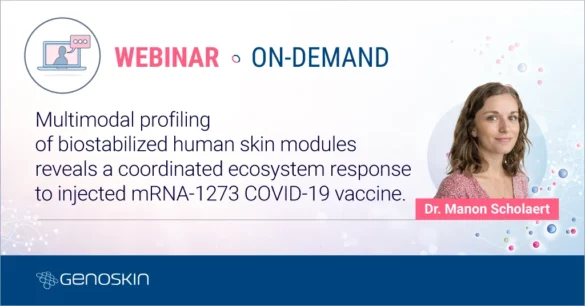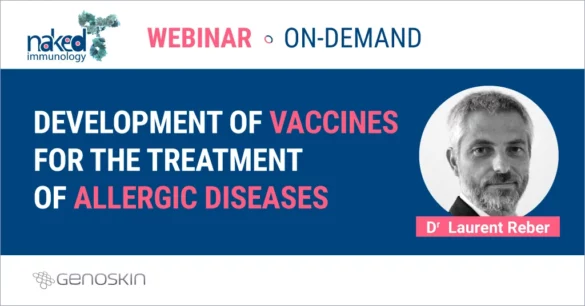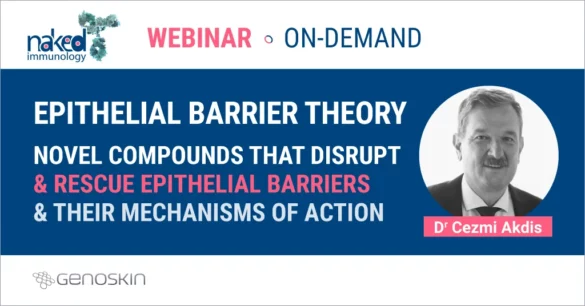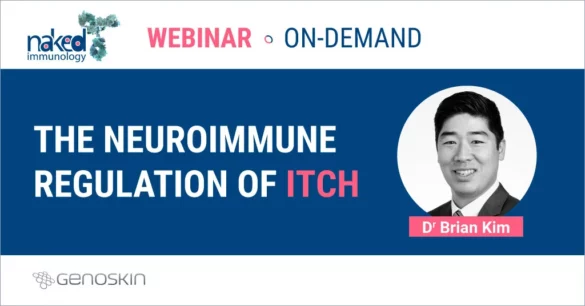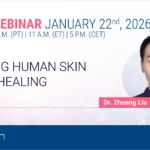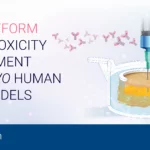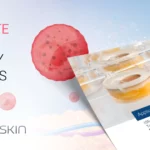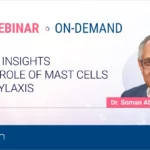Top-level science through the eyes of an expert.
The seventh Webinar.
This webinar episode is open to English-speaking participants with a solid scientific background. Featured speaker is Dr. Marcus Maurer, MD, Professor of Dermatology and Allergy, Co‐Director for the Fraunhofer Site for Immunology and Allergology of the Fraunhofer Translational Medicine and Pharmacology ITMP and Executive Director for the Institute of Allergology, Charité ‐ Universitätsmedizin Berlin, Germany.
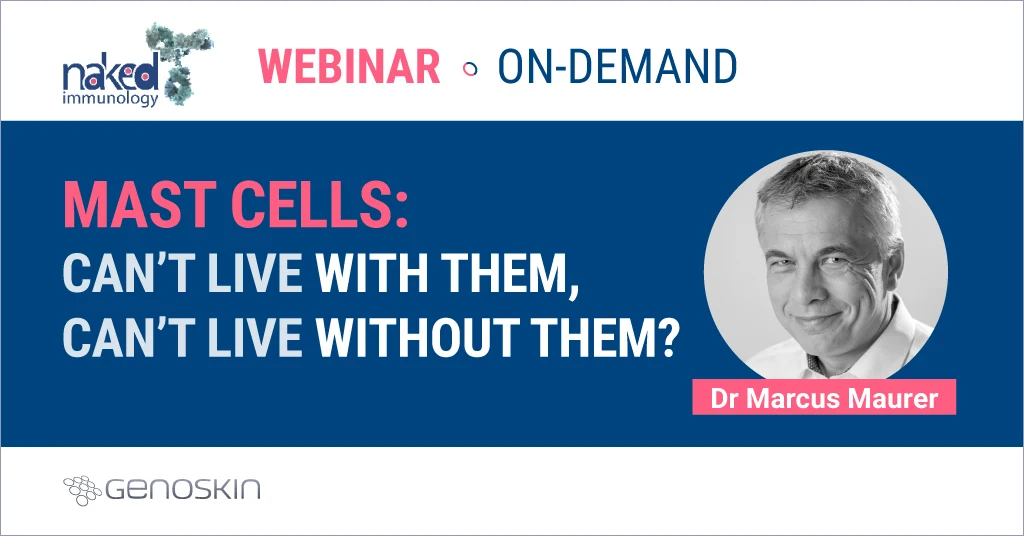
In this webinar, Prof. Maurer is focusing on the dual role of mast cells in health and inflammatory diseases.
Mast cells are tissue-resident effector cells of the innate and adaptive immune system and major drivers of inflammatory responses. When these responses are directed to pathogens and other environmental threats, mast cells have an important role in maintaining health and preventing disease. When mast cell inflammation is aimed at allergens or autoantigens, these cells significantly contribute to the morbidity of chronic inflammatory disorders. Here, we will review recent findings that better define and characterize the role of mast cells in both, beneficial and detrimental inflammation.
The focus will be on skin mast cells, and examples of their health-promoting functions will include their shielding role in wound healing and the protection they provide from toxins and venoms. As for mast cells and their contribution to the pathogenesis of inflammatory diseases, we will discuss their role and relevance in urticaria and mastocytosis. Pathways of mast cell activation and mediator effects can be analyzed in vitro, ex vivo and in vivo, in mice and humans, and we will discuss the most common and helpful approaches to do so and what we can learn from their use, from cellular assays to proof of concept studies. Finally, we will review how the insights on novel inflammatory pathways of mast cell-driven pathology are being used to develop novel and better treatments, from the inhibition of mast cell mediators, to blocking signature activators, to mast cell silencing and depletion.
Below, you will find the questions we did not have time to address during the live session with Dr. Marcus Maurer.
Q: In cold activated urticaria, is some of it caused by clonotypic IgE which has variable domains from gene families known to aggregate/agglutinate under cold challenge?
A: Great question. No, this does not appear to be a common mechanism of mast cell activation in cold urticaria.
Q: Do you think the long lasting reduction in MC numbers in response to CDX159 is due to killing of HSCs (that in turn produce mast cells)?
A: No, I do not think that mast cell precursors are affected by Kit-targeted treatment. The long time for mast cells to come back and repopulate the skin is most likely due to the time it takes for precursors to home to the skin and differentiate to fully mature mast cells.
Q: Is there a known reason why mast cell depletion therapy doesn’t interfere with the patient’s ability to react against toxins or surface bacteria?
A: Well, what we know is that there is no apparent increase in the rate or severity of bacterial infections. To answer this question comprehensively would require work that goes beyond clinical observation and monitoring real world responses in mast cell-depleted patients (although this is very important). The way to look at this is by provocation testing with toxins and bacteria. This is not trivial and has not been done yet.
Q: Do you think the safety of long term anti-c-Kit therapy depends on the environment of the patient?
A: This could be the case, but I do not think that this is likely. We will need to watch mast cell depleted people closely long term…
Q: Can mast cells be replenished by stem cells after one time antibody depletion?
A: Mast cells come back after depletion. This does not require treatment with SCF. There is enough endogenous SCF to facilitate this.
Q: Any concerns about the anti-c-Kit antibody itself, why is the rate of infusion reactions so high? Could this be receptor cross-linking? What about any anti-drug antibody response?
A: Rate of infusion reactions is similar to that with other iv antibody treatments. No, I don’t think this is due to cross-linking or ADAs.
About the speaker:
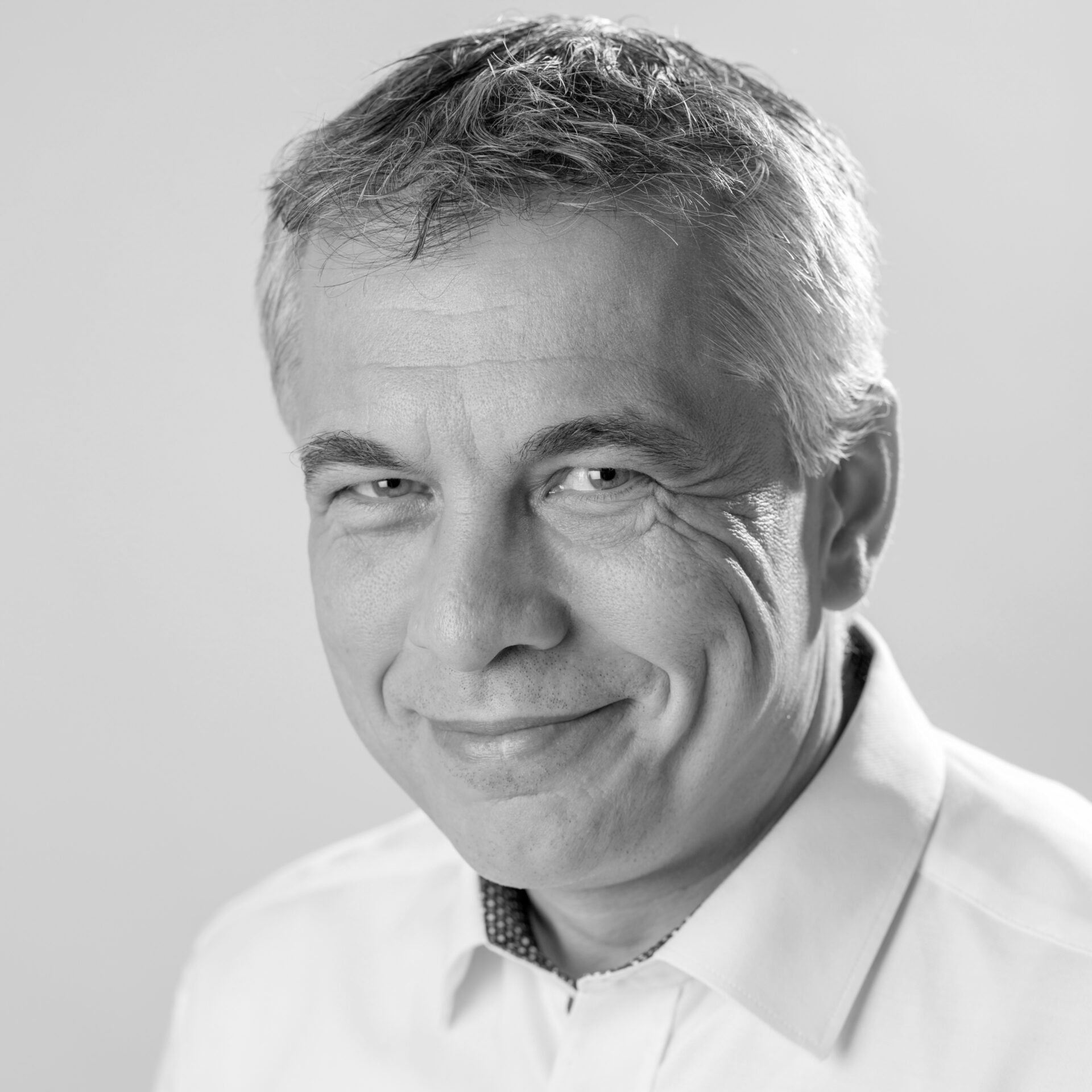
Prof. Marcus Maurer, MD
Professor of dermatology and Allergy | Institute of Allergology, Charité – Universitätsmedizin Berlin, corporate member of Freie Universität Berlin and Humboldt-Universität zu Berlin (Berlin, Germany), Fraunhofer Institute for Translational Medicine and Pharmacology ITMP, Immunology and Allergology (Berlin, Germany).Prof. Maurer is a Dermatologist and Allergologist, who trained in experimental pathology at the Beth Israel Deaconess Hospital and Harvard Medical School in Boston (1995‐1998); Board certification for Dermatology (2000) and Allergology (2003). Originally Assistant Professor at the Allergie‐Centrum‐Charité at Charité – Universitätsmedizin Berlin in 2004, Prof. Maurer is, since 2005, full professor at Charité. He is also a coordinator of the Global Allergy and Asthma European Networks of urticaria and angioedema centers of reference and excellence, UCARE and ACARE.
His areas of clinical interest include angioedema, urticaria, mastocytosis, pruritus, skin infections, and allergic diseases. His research is focused on the biology of mast cells, neuroimmunology, inflammation, innate immunity and tolerance. He has supervised more than 150 clinical trials, phase 1 through 4. Prof. Maurer has contributed to more than 1436 publications in peer‐reviewed journals (H Index 100, cumulative factor 5780) and 55 books and book chapters.
Comments are closed.

